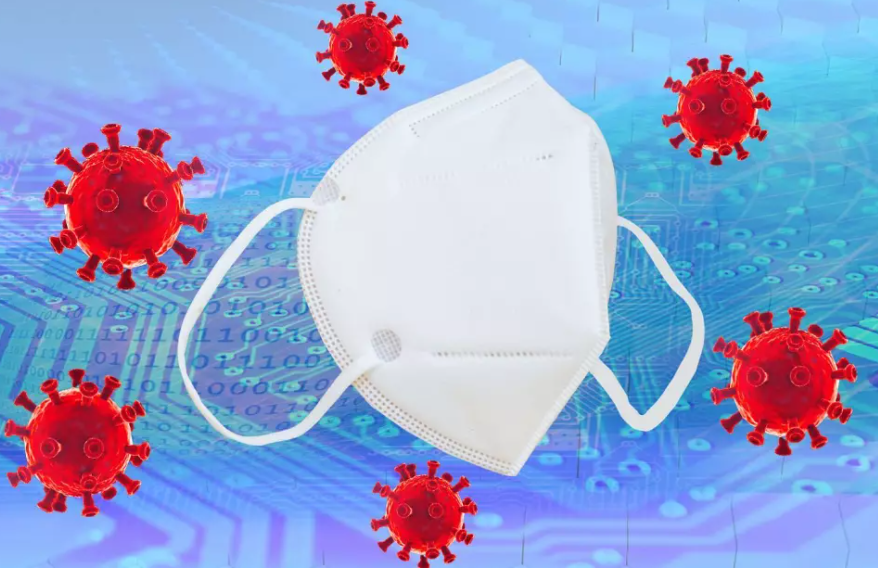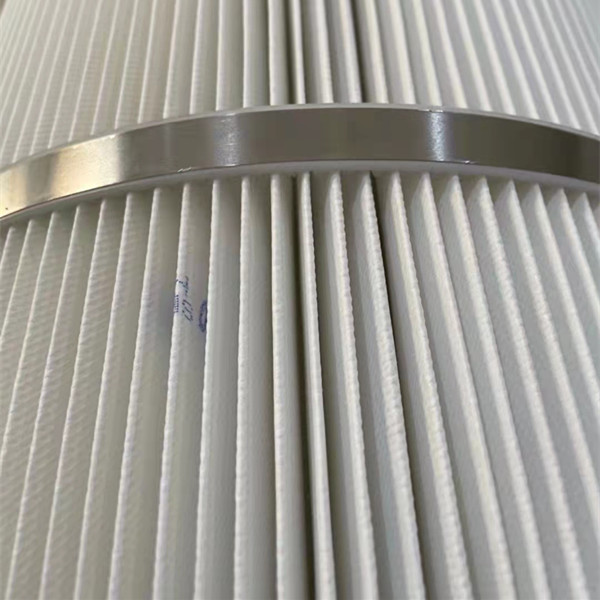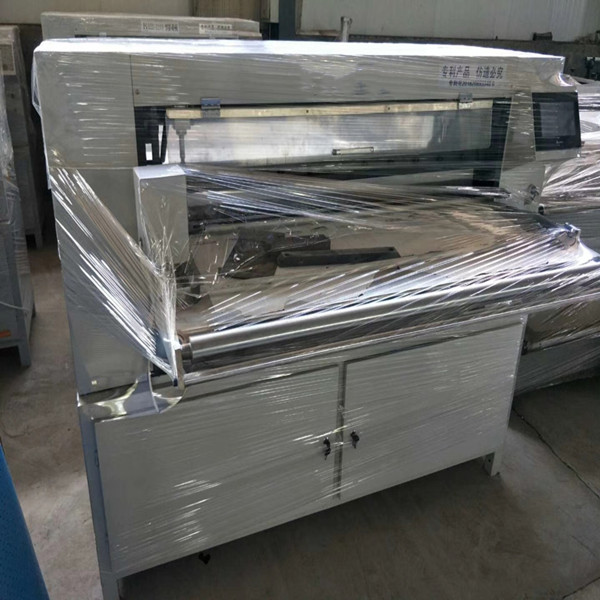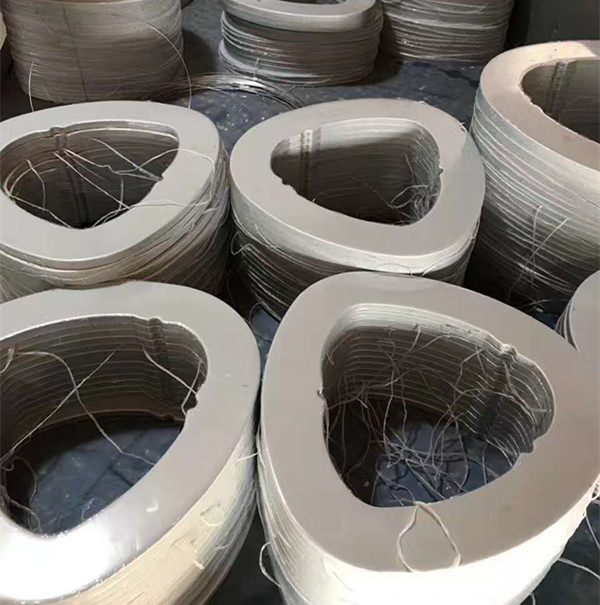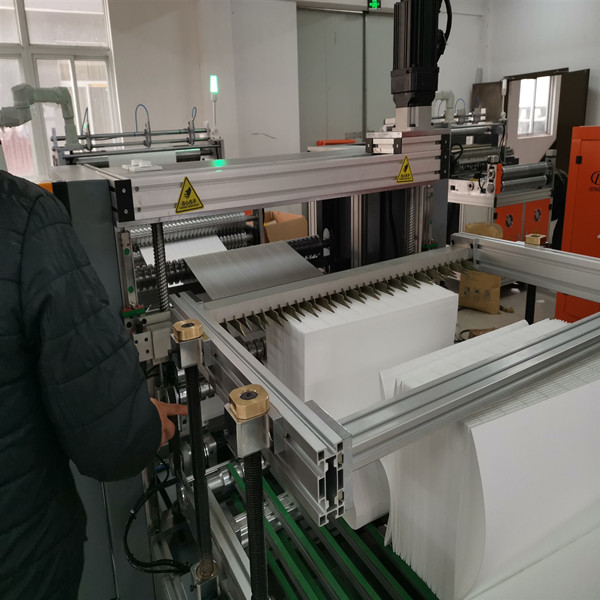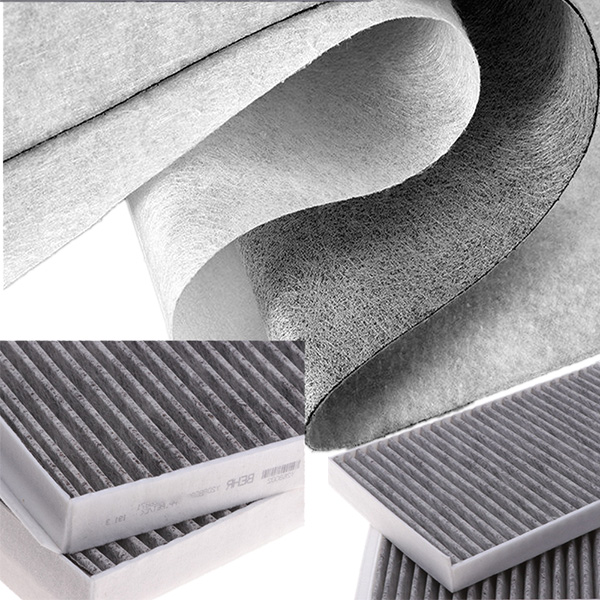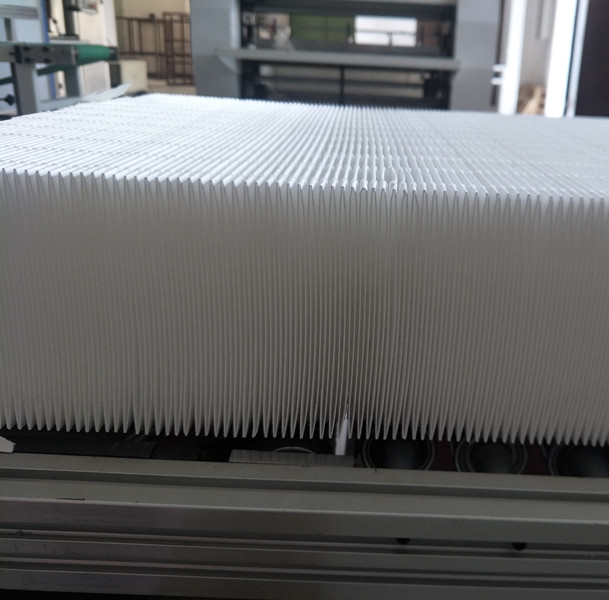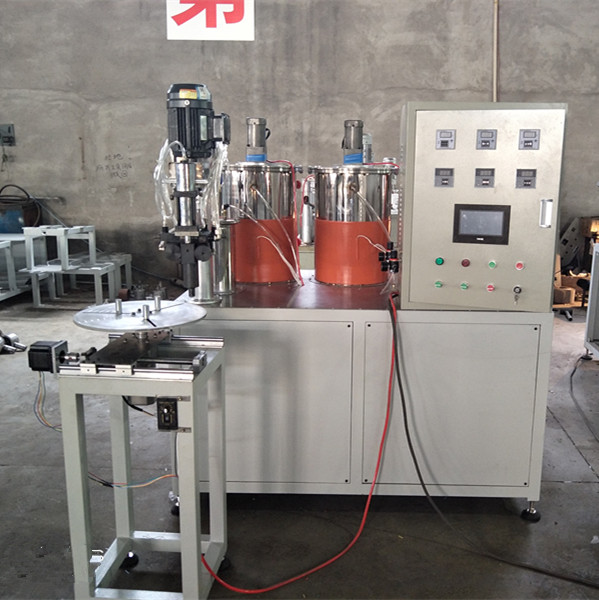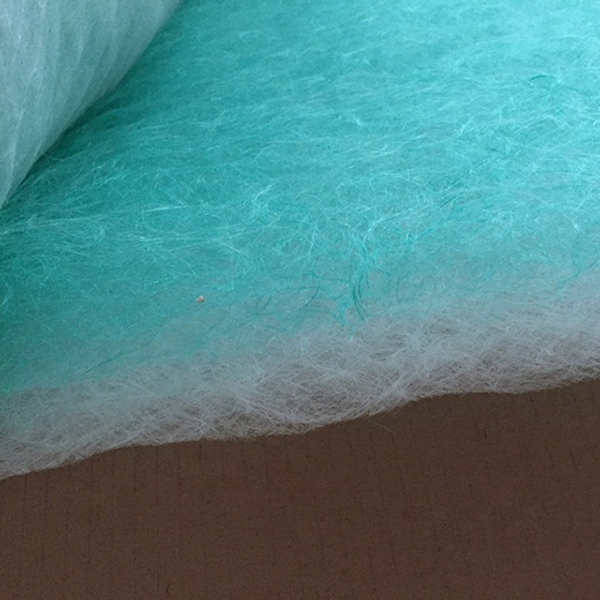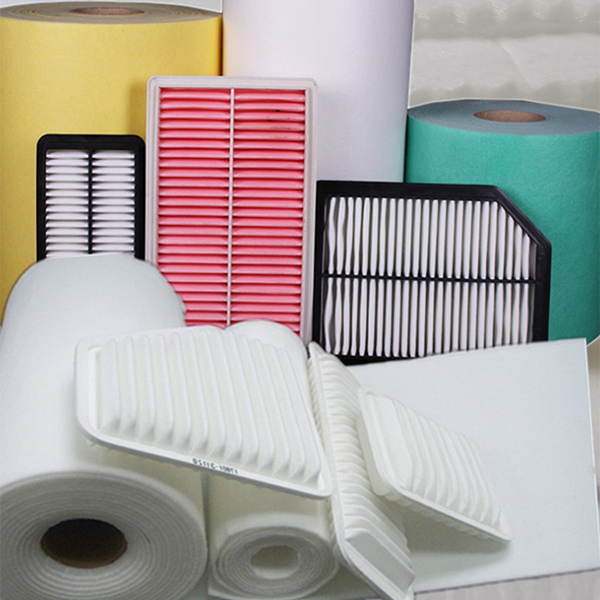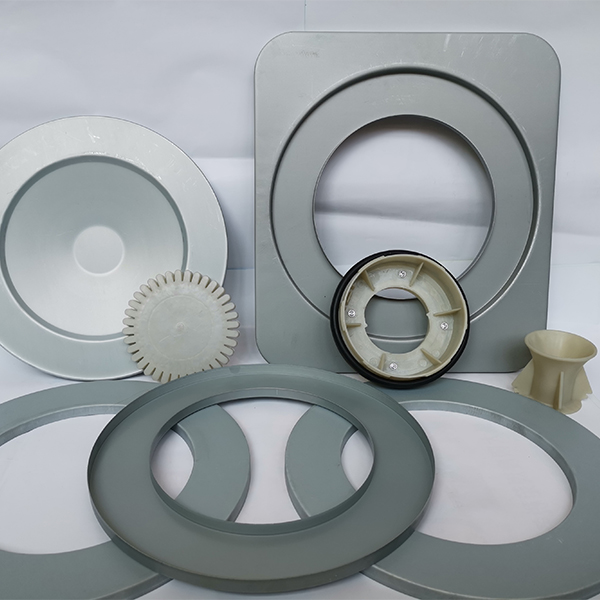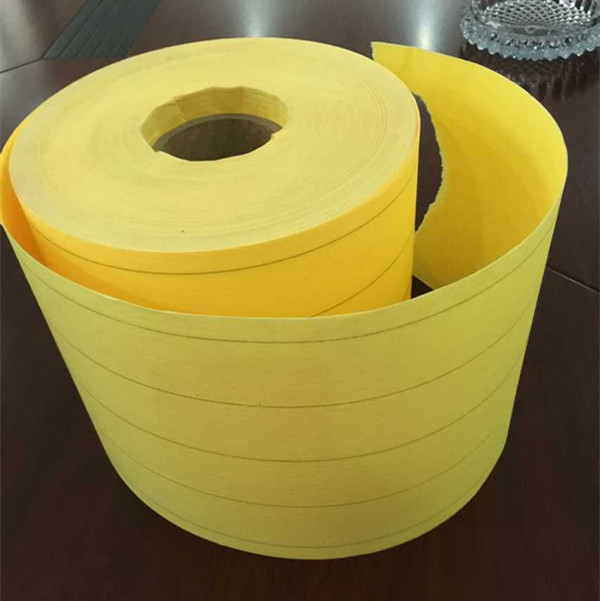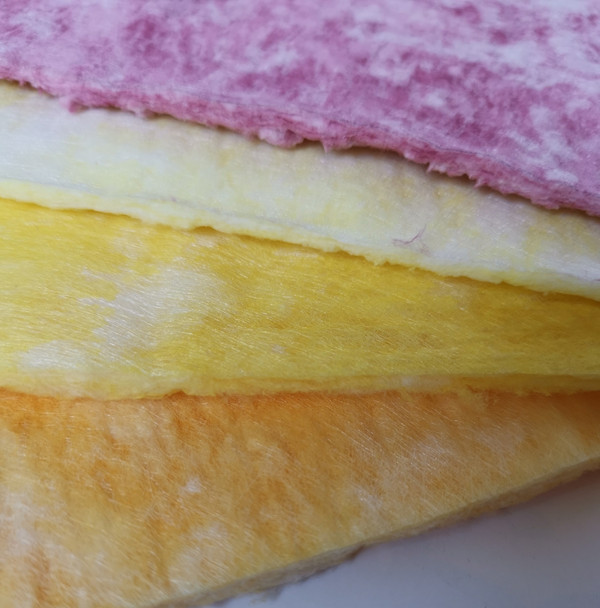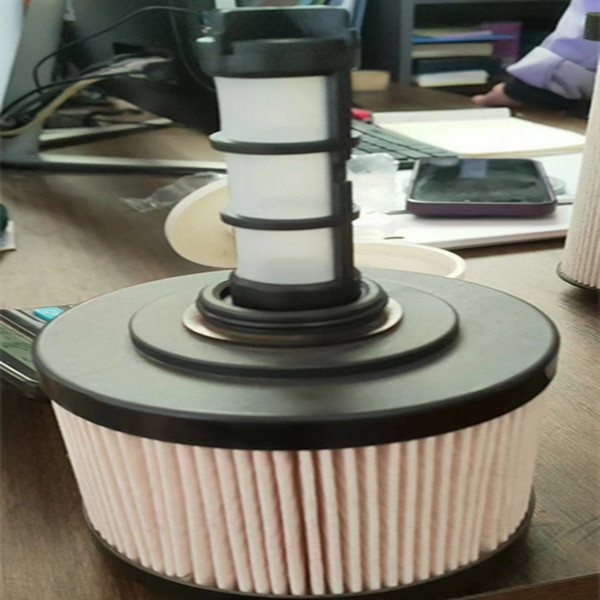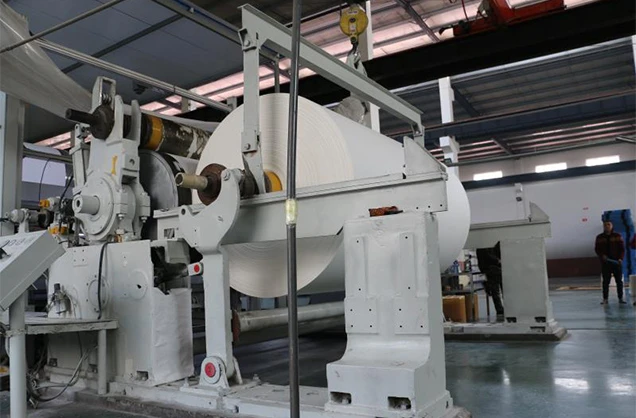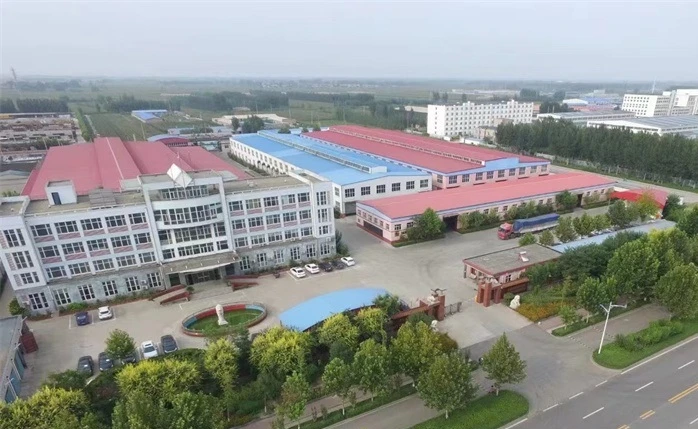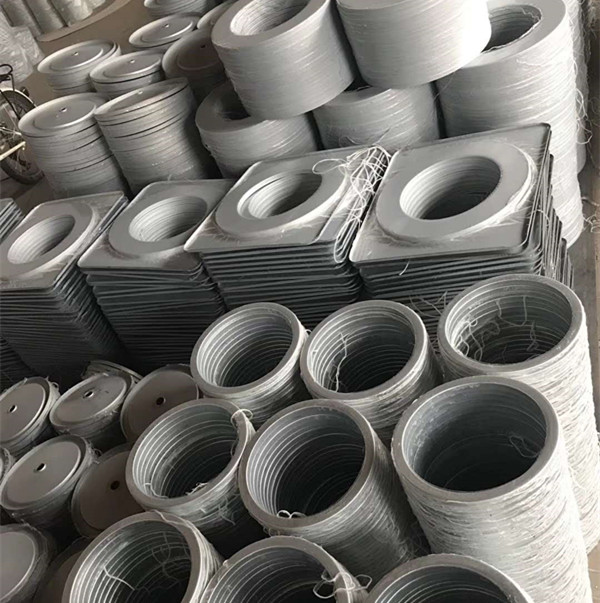E mohio ana te Whakahaere Hauora o te Ao me nga US Centers for Disease Control ko nga aerosol te tikanga tuatahi mo te horapa o te mate COVID-19. Ko nga aerosol he matūriki ririki o te wai, etahi atu matū ranei ka noho irirangi ki te rangi mo te wa roa, he iti rawa ki te kuhu ki te punaha manawa.
Ka tukuna e te tangata nga aerosol ina manawa, mare, korero, hamama, waiata ranei. Ka taea hoki e enei aerosol te whakauru i te huaketo mena ka pangia e te COVID-19. Ma te nui o nga aerosol coronavirus ka mate te tangata. Ma te whakahau i nga tangata ki te mau kanohi kanohi, te whakapai ake i te hau o roto me nga punaha tātari hau, te whakaiti i te whakakitenga whaiaro me te whakaheke i te tapeke o nga aerosol i roto i te taiao ko nga kaupapa matua mo te aukati i te horapa o nga aerosol COVID-19.
He mea kino te rangahau mo nga huaketo hou, a he onge i roto i nga taiwhanga me nga taumata teitei o te haumaru koiora. Ko nga rangahau katoa tae noa ki tenei ra i runga i nga kanohi kanohi, i te pai ranei o te filtration i te wa o te mate urutaru kua whakamahia etahi atu taonga e whakaarohia ana hei whakatauira i te rahi me te whanonga o nga aerosol SARS-CoV-2. Ko te rangahau hou e pai ake ana, ko te whakamatautau i nga rongoa tote aerosolized me nga aerosol kei roto he coronavirus mai i te whanau kotahi me te huaketo e puta ai te COVID-19 engari ka pangia e nga kiore anake.
Yun Shen and George Washington University colleague Danmeng Shuai created a nanofiber filter that delivers a high voltage through a drop of polyvinylidene fluoride liquid to a spinning thread about 300 nanometers in diameter—about 167 times thinner than a human hair . This process created pores just a few micrometers in diameter on the nanofibers’ surface, helping them capture 99.9 percent of coronavirus aerosols.
Ko te tikanga whakaputa, e kiia nei ko te electrospinning, he utu-utu, ka taea te whakamahi ki te whakaputa papatipu nanofiber mo nga taputapu whakamarumaru whaiaro me nga punaha tātari rangi. Ka waiho ano e te Electrospinning he utu hiko i runga i nga nanofibers, e whakanui ana i to raatau kaha ki te hopu aerosol, me te nui o te porosity ka ngawari ake te manawa i te wa e mau ana i te tātari nanofiber electrospun.
“Electrospinning technology can facilitate the design and manufacture of masks and air filters,” said Prof. Yun Shen. “Using electrospinning technology to develop new types of masks and air filters has good filtration performance, economic feasibility and scalability. Being able to meet the demand for masks and air filters in the field is very promising.”
Wā tuku: Noema-01-2022

